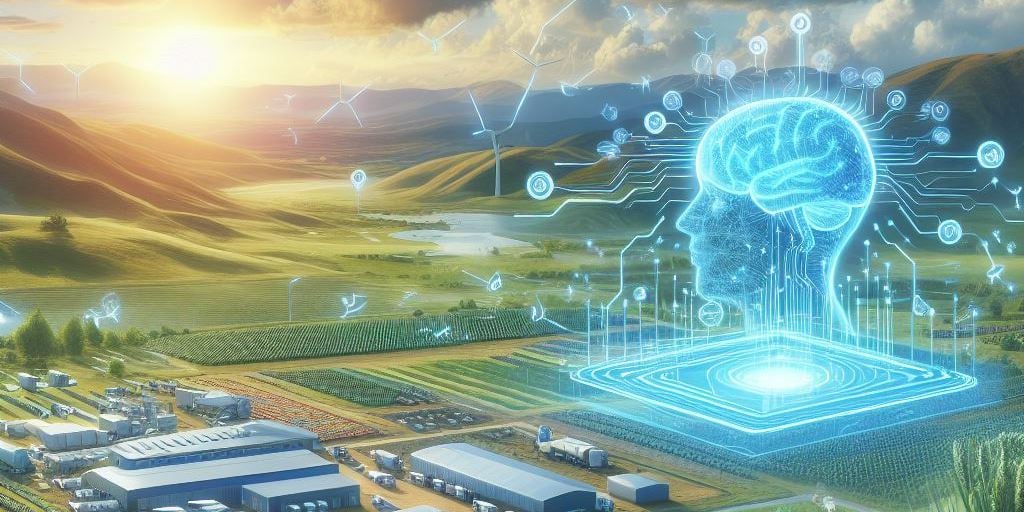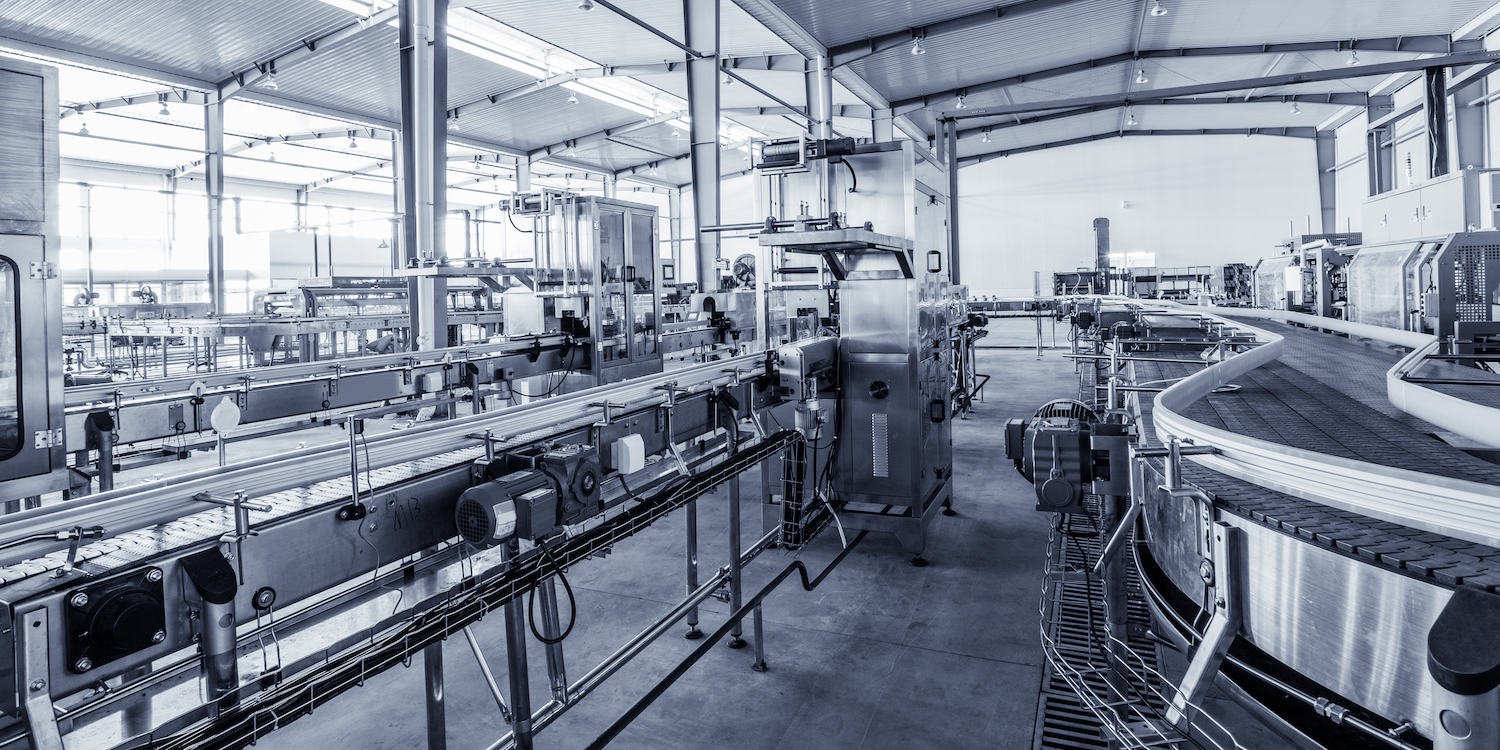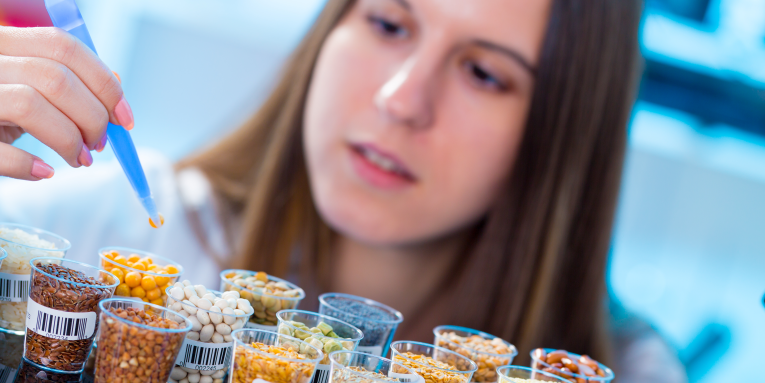Harnessing the Power of AI for Food Safety and Quality
In the ever-evolving technological landscape, artificial intelligence (AI) has emerged as a powerful tool with the potential to revolutionize industries across the board. One area where its impact can be transformative is in ensuring the safety and quality of food production processes. But is AI always the best potential solution, or even always a possible solution? In this blog post we will delve into key points you should consider on your FSQ digitalization journey.
A Proof-of-Concept Journey
In 2021, Novolyze undertook a proof-of-concept (POC) to explore the viability of using AI for predictive modeling in the context of food safety.
The focus of this POC was on the utilization of live continuous thermal process telemetry (the collection of measurements and other data at remote points, automatically transmitted for monitoring). Specifically, the model was designed to process this telemetry, detect the opening of service hatches that are usually utilized without production stoppage, and predict the optimal timing for their closure to ensure batch safety in terms of log reduction conformity. The model was trained on a single data set: 55 sequences of telemetry data for several products, treated over 5 months.
The outcomes of this POC were insightful, confirming our suspicions about both the potential and limitations of AI in this domain. The proposed value of the AI model lay in its ability to recommend a timestamp for flap closure, offering a predictive element to the production process. However, crucially, the actual log reduction conformity was calculated through traditional, non-AI algorithms. One of the reasons this was necessary is because AI operates as a kind of “black box,” which cannot at this point offer the required justification for its conclusions to regulatory authorities. These authorities do not accept a system which cannot explain how it gets a result, unless there is no other technology that can lead to the result. This distinction was pivotal in determining the potential scope of deployment of this AI solution.
Two further considerations emerged from this POC. Firstly, the model's applicability was restricted to particular continuous thermal process equipment, indicating a need for specialization in the AI training process. Secondly, for the model to be production-ready, regular training sessions with an increasing amount of data were essential to enhance accuracy.
Despite the promising results, no immediate business decision was made to move forward with the AI implementation in this context. The need for non-AI decisive algorithms for critical calculations and the equipment-specific nature of the model raised concerns about scalability and broader applicability.
Expanding Horizons – Environmental Monitoring Applications
While the 2021 POC shed light on the limitations of AI in certain aspects of food safety, it also paved the way for exploring alternative applications. One such domain is Environmental Monitoring (EM), where historical data can be harnessed for valuable insights.
In the realm of EM, AI can be employed to predict future positive results based on past data analytics. But before diving into AI, non-AI processes such as analyzing past positives and optimizing sampling plans are instrumental in refining monitoring strategies. A logical progression involves incorporating AI to predict potential high or low risks in the near future, allowing for more comprehensive sampling plan adjustments.
Drawing parallels with this continuous thermal process model, the EM application considers a myriad of data points including equipment, areas, hygienic zones, operators, and time variables. However, it is also necessary to distinguish relevant parameters from those that might introduce incorrect biases. Engaging domain experts becomes crucial to building accurate models, especially considering the unique conditions of each factory.
The central challenge in EM lies in finding a balance between specificity and scalability. While each factory may have specific conditions, maintaining a distinct model for every factory may not be practical. This necessitates the collaboration of domain experts to construct a few generic models that can be adapted across a range of scenarios.
The journey from the 2021 POC to the exploration of EM applications highlights the intricate dance between the potential of AI and the need for domain expertise. While AI presents valuable predictive capabilities, it is essential to recognize its limitations and leverage pre-AI digitalization for areas where that excels, ensuring a holistic and effective approach to food safety and quality.
Novolyze Environmental Monitoring – Bridging the Gap with Innovative Solutions
Taking full account of these nuanced considerations, Novolyze Environmental Monitoring (EM) stands as a pioneering force, as part of a comprehensive suite of solutions, combining advanced methodologies and capabilities such as real-time data analytics, sampling plan optimization, and risk mapping.
Novolyze recognizes the significance of pre-AI digitalization in addressing critical aspects of food safety and quality, but also embraces the power of AI, such as for predictive modeling, pushing the boundaries of what is achievable in environmental monitoring for food and beverage companies.
Novolyze understands the delicate balance required in integrating AI into any environmental monitoring program. We work closely with all of our clients to ensure our enterprise software platform is optimally deployed for your specific facilities, products, equipment – and most importantly – your program goals. This ensures flexibility and adaptability across diverse scenarios, striking a balance between specificity and practicality to generate optimal safety and efficiency.
Novolyze can help elevate your food safety program, reduce your recall risk, and ensure compliance. To learn more about Novolyze Environmental Monitoring:





